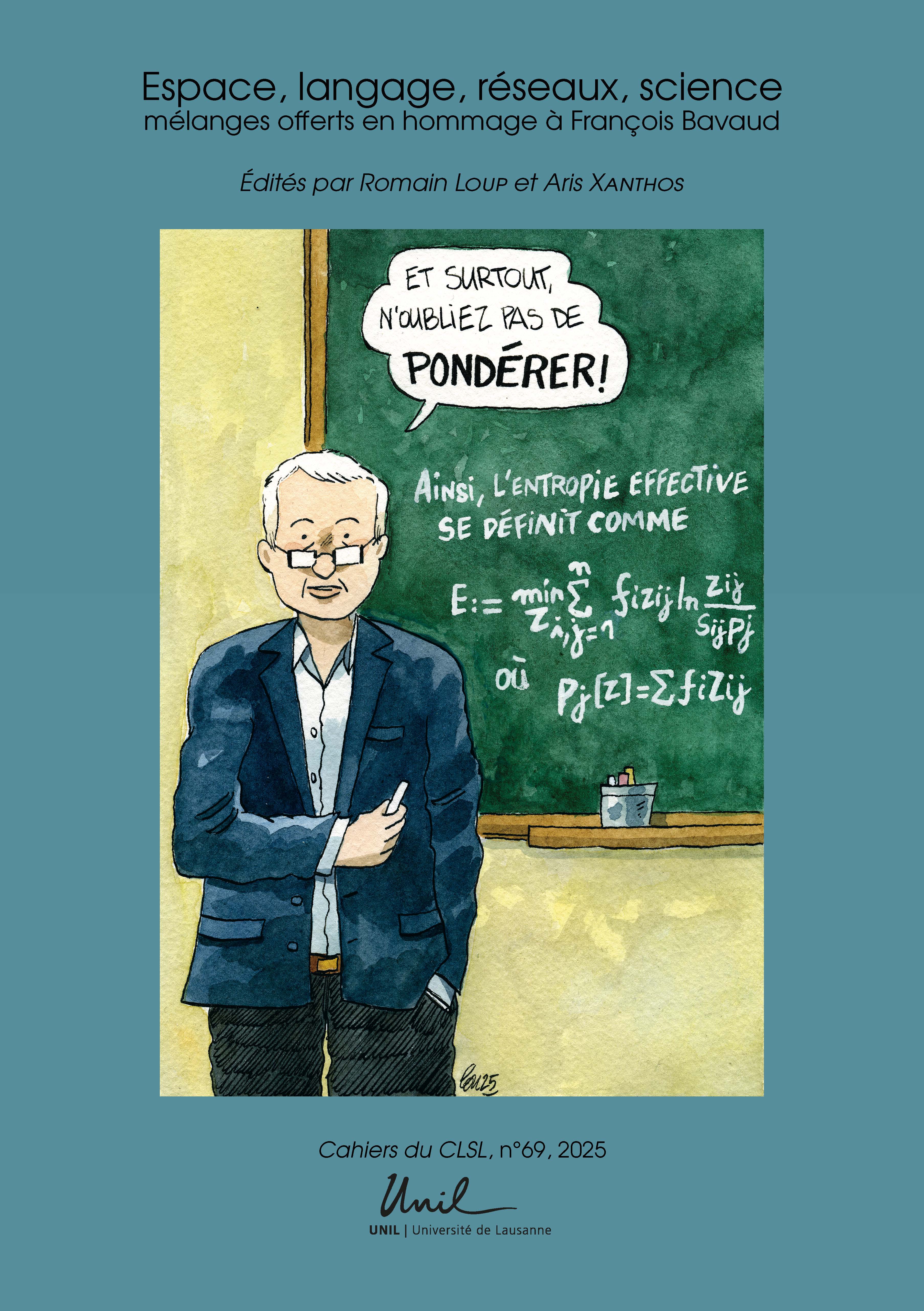Résumé
We present a general, classical, framework of spatial clustering which can be applied to various textual objects (e.g. character n-grams, words, sentences). This framework proposes to cluster objects according to users defined linguistic similarity, while keeping a spatial coherence of objects among clusters. Two methods are derived from this formalism: SpatialWord, which applies to word-tokens, and SpatialSent, operating on sentences, which both balance between semantic similarities of objects and their position along the textual sequence. We show that these unsupervised methods, along with semi-supervised variants, can perform jointly two operations often achieved individually by methods in literature: (1) the extraction of a desirable number of topics from a document along with list of words to interpret them; and (2) the textual segmentation of the document reflecting these extracted topics. Case studies show that these methods perform competitively against state-of-the-art methods on baseline datasets.

Cette œuvre est sous licence Creative Commons Attribution 4.0 International.
